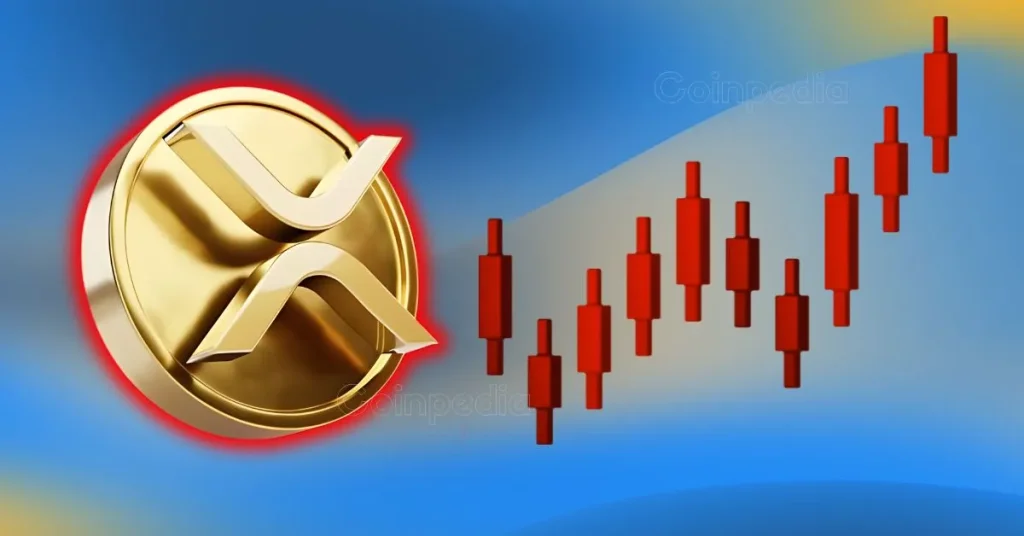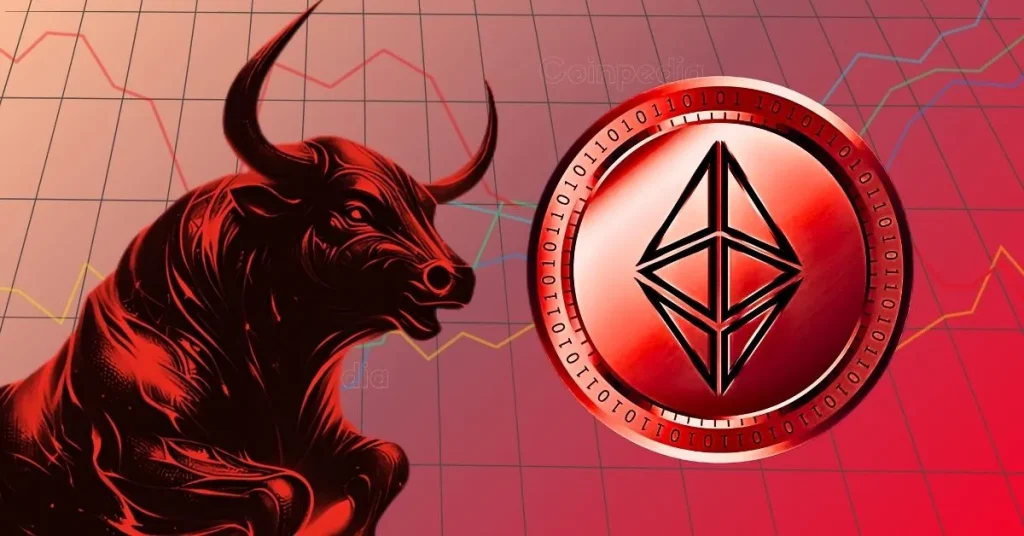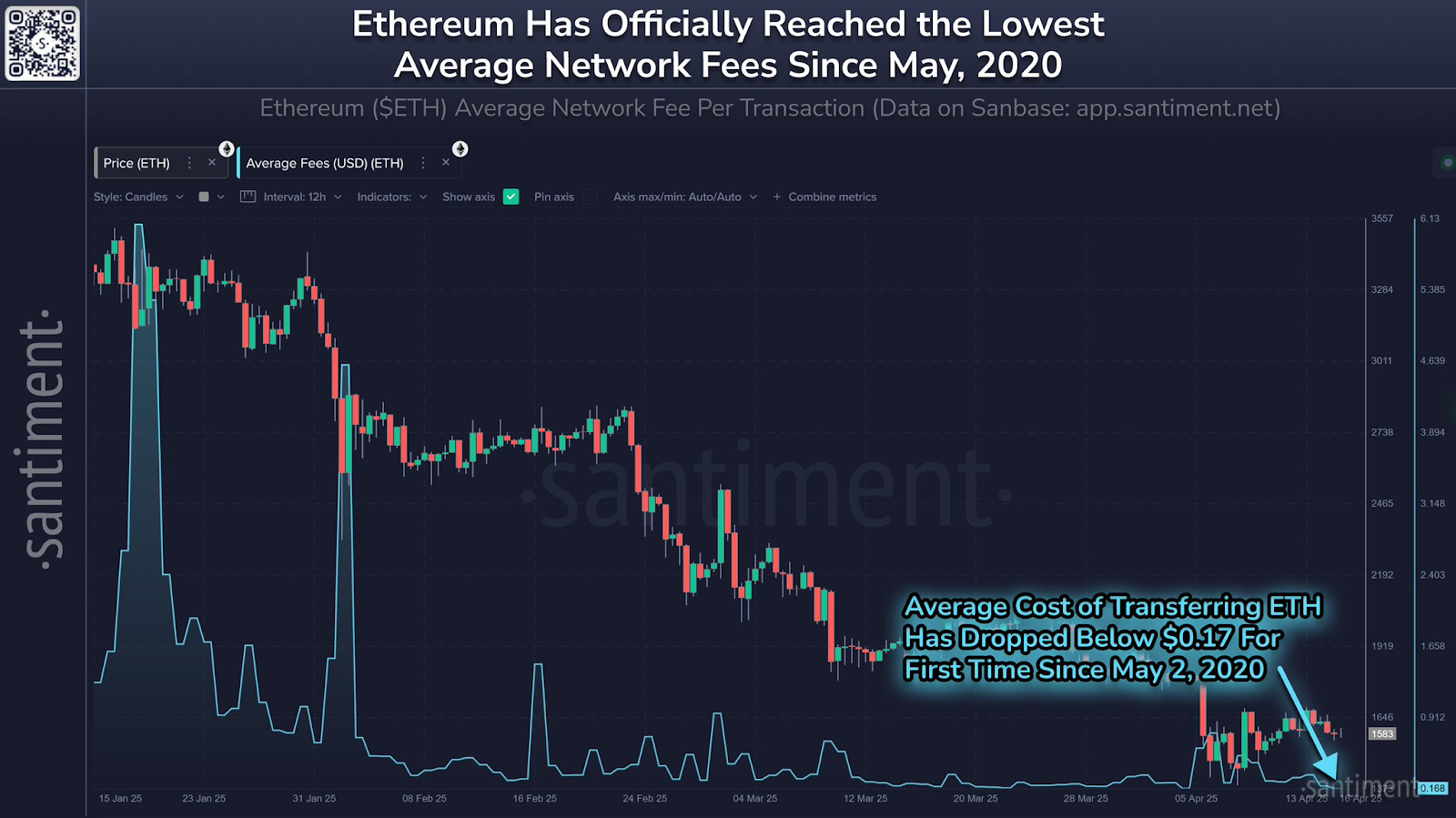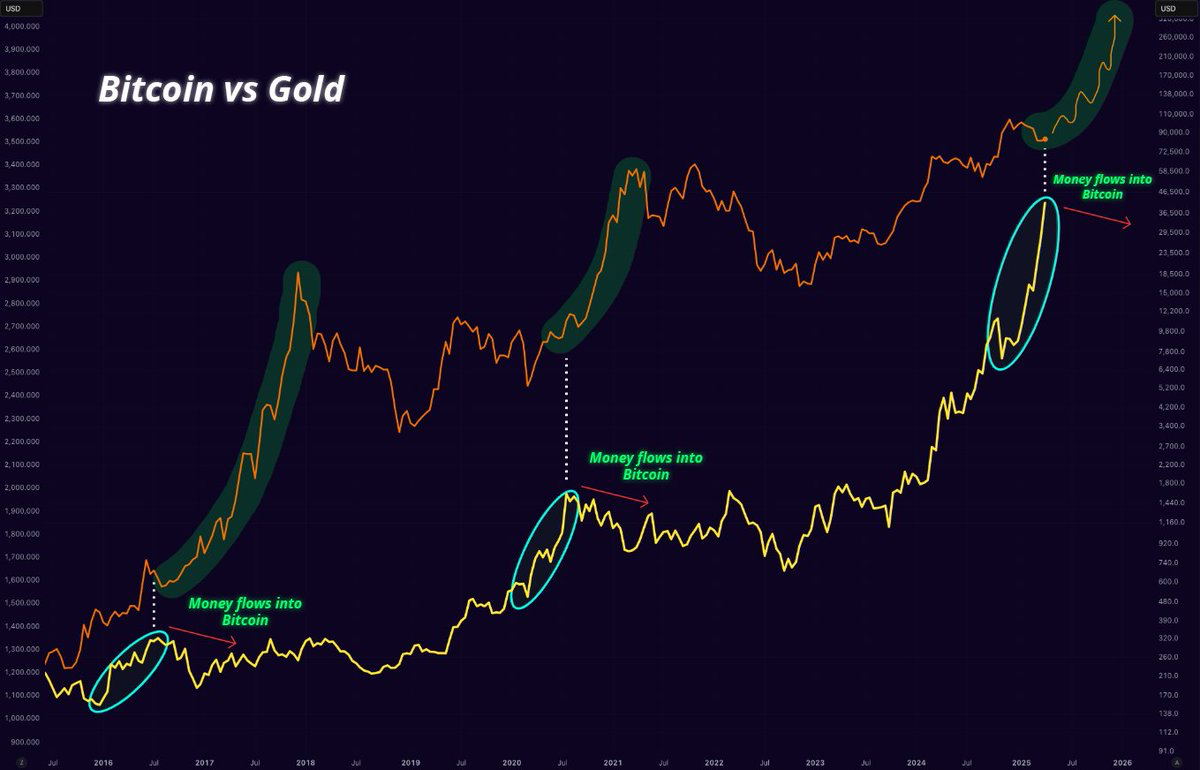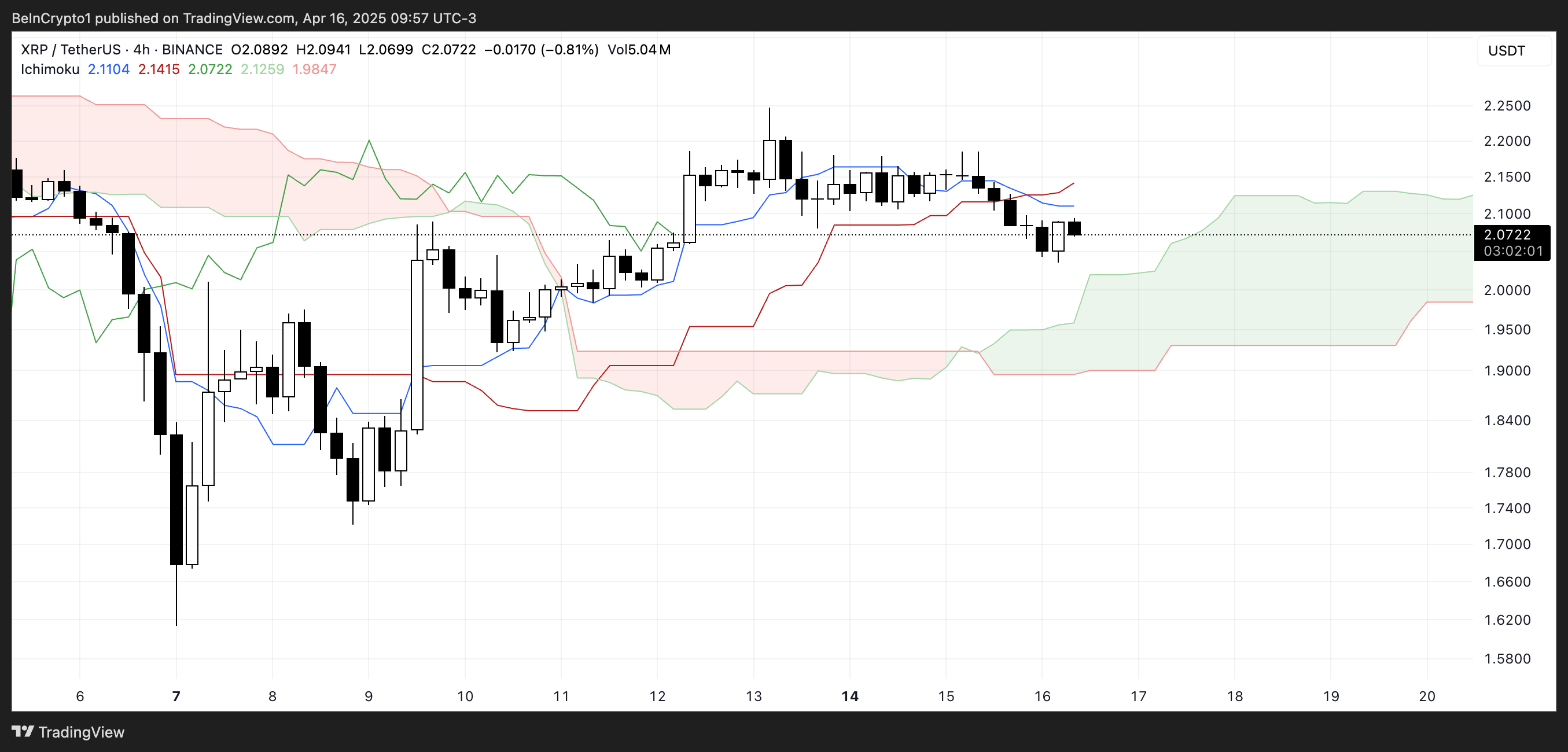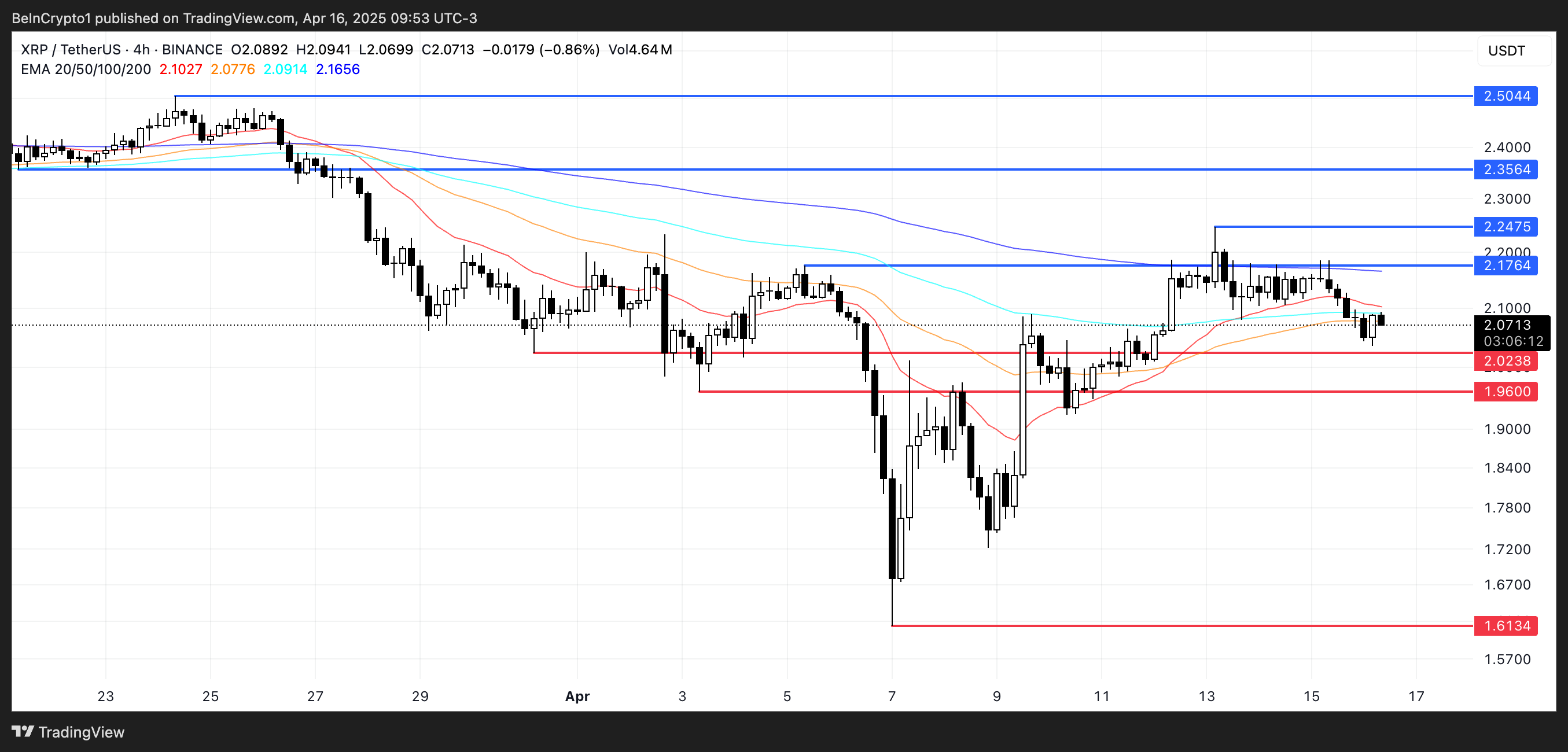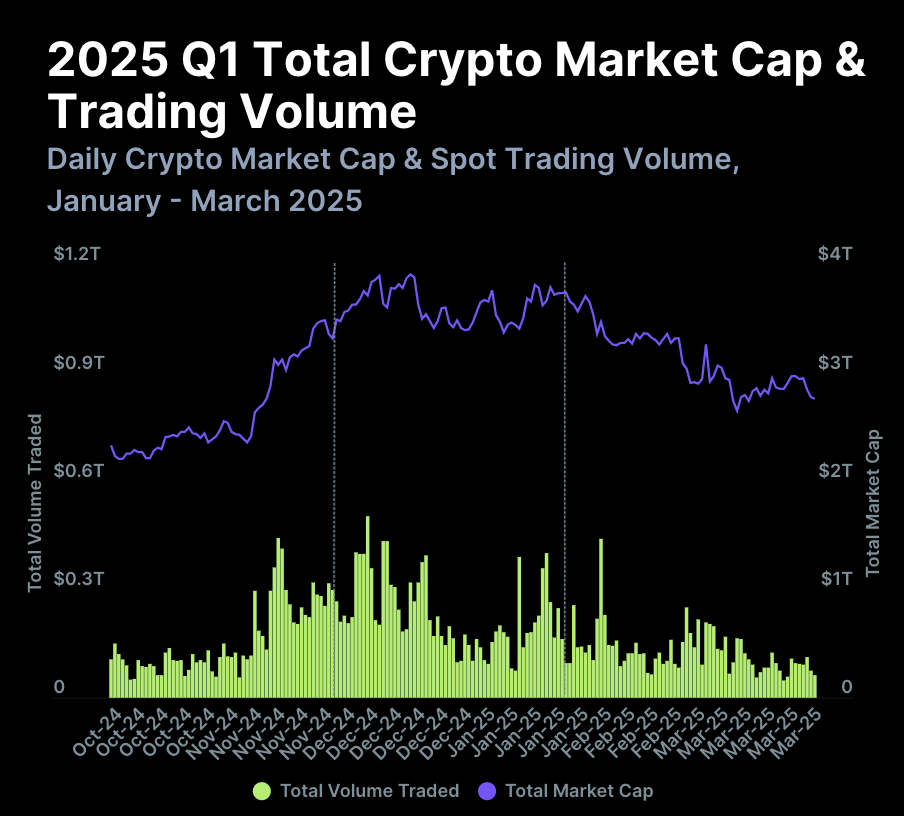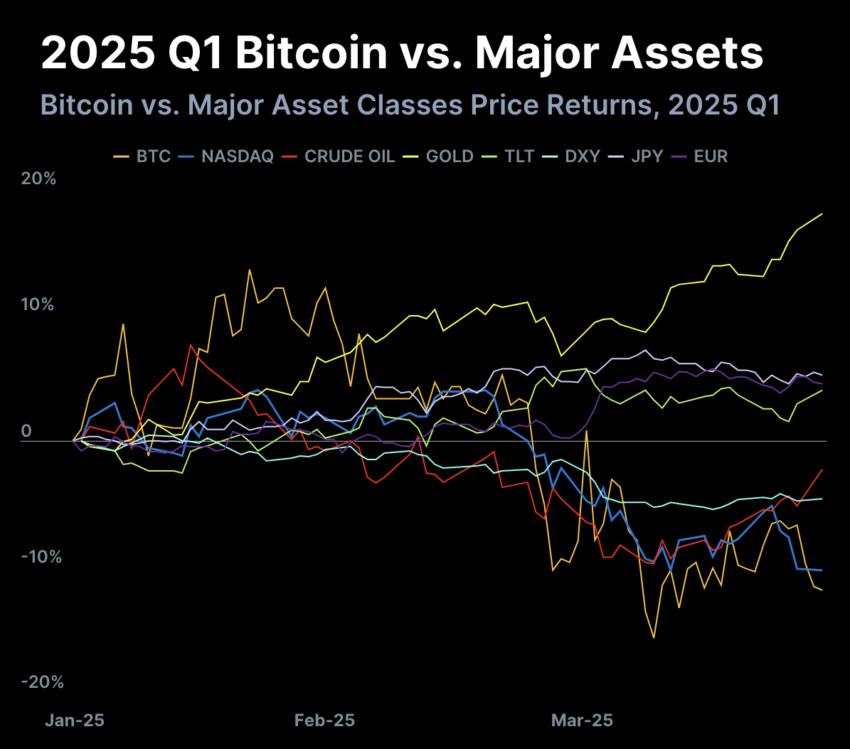XRP’s Consolidation Around $2 Could Trigger a Big Move: What’s Next for XRP?
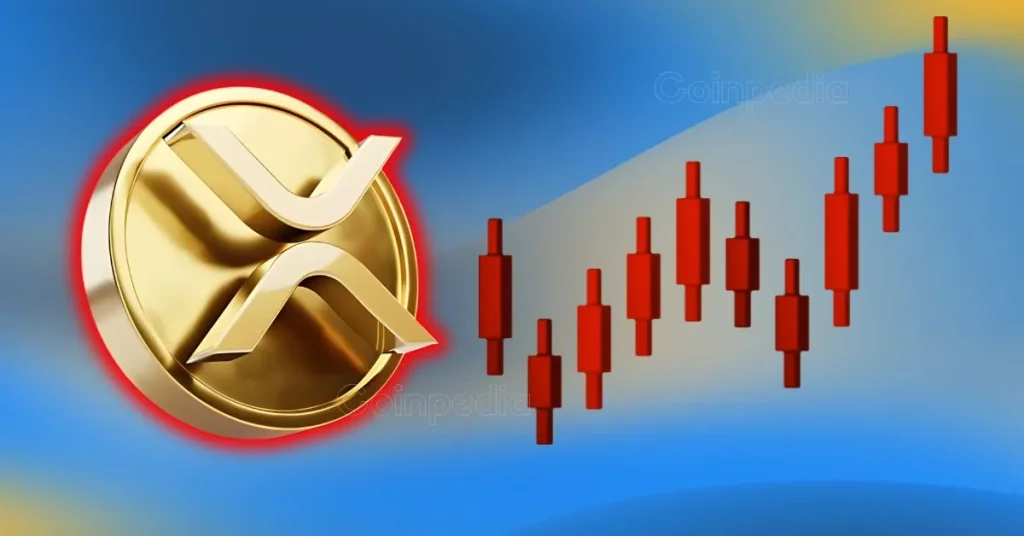
The post XRP’s Consolidation Around $2 Could Trigger a Big Move: What’s Next for XRP? appeared first on Coinpedia Fintech News
XRP has regained market attention following the recent slash in Ripple’s penalty by the SEC. This has led to a rise in open interest for XRP, despite the overall market’s bearish sentiment. Several on-chain indicators have turned positive, suggesting that the current consolidation phase may be approaching its conclusion. Analysts anticipate a potential rebound in XRP’s price, led by increased accumulation around the $2 level.
XRP Faces $8 Million Liquidation Amid Consolidation
XRP’s price has been struggling to confirm a clear direction, as buying and selling pressure intensifies around the $2 mark. This has led to a period of strong consolidation on the price chart. Data from Coinglass shows that XRP saw total liquidations of approximately $8.07 million over the past 24 hours, with buyers taking the bigger hit, facing $6.58 million in liquidations. While sellers closed around $1.49 million in short positions.
The accumulation rate is extending as analysts revealed that the accumulation phase for the XRP price has been longer than in previous cycles, indicating that the market may just be taking more time to develop. As XRP continues its consolidated momentum, whales are also increasing their holdings. This might create a strong upward push if XRP breaks above.
Also read: SEC vs Ripple Update: Motion to Temporarily Suspend Appeal Granted; What Next for XRP Price?
Additionally, recent positive developments regarding the SEC vs Ripple lawsuit have had a positive influence on XRP price. According to a Wednesday update from lawyer James Filan, Circuit Judge José Cabranes signed the court order on April 16, putting the appeal “in abeyance,” or on hold, by mutual agreement.

On the other hand, Brad Garlinghouse said Ripple might pay its settlement with the SEC using XRP and called the lower $50 million fine a big step forward. In an April 11 interview, he pointed out that crypto rules in the U.S. seem to be improving. Ripple had put aside $125 million for the case but will now keep most of that money.
As a result, the open interest jumped by 20% in five days, with the long/short ratio now at 1.1. This shows that 52% of traders expect XRP to rise.
What’s Next for XRP Price?
XRP price has been hovering above the descending resistance line. However, buyers are struggling to send the price above EMA trend lines. As of writing, XRP price trades at $2.07, declining over 2.1% in the last 24 hours.
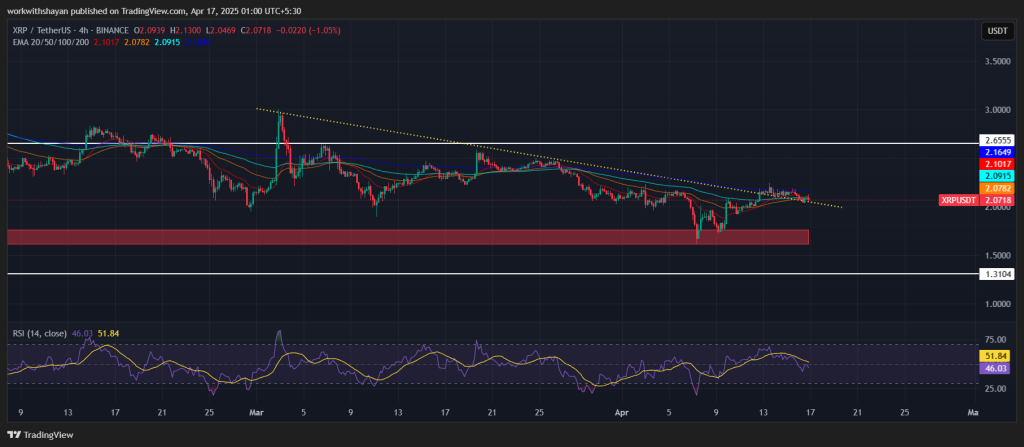
The 20-day EMA ($2.10) is flat, and the RSI is near neutral, signaling a balance between buyers and sellers. This hints that XRP price might continue to consolidate within a range-bound area. If the price falls below $2, bears may take control, potentially pushing XRP down to $1.62 or even $1.3.
On the upside, if buyers can move the price above the 50-day SMA and hold it there, XRP could climb toward the resistance line at $2.6. However, sellers are likely to defend that level strongly, as a breakout above it could indicate a trend reversal.
The post XRP’s Consolidation Around $2 Could Trigger a Big Move: What’s Next for XRP? appeared first on Coinpedia Fintech News
XRP has regained market attention following the recent slash in Ripple’s penalty by the SEC. This has led to a rise in open interest for XRP, despite the overall market’s bearish sentiment. Several on-chain indicators have turned positive, suggesting that the current consolidation phase may be approaching its conclusion. Analysts anticipate a potential rebound in …

